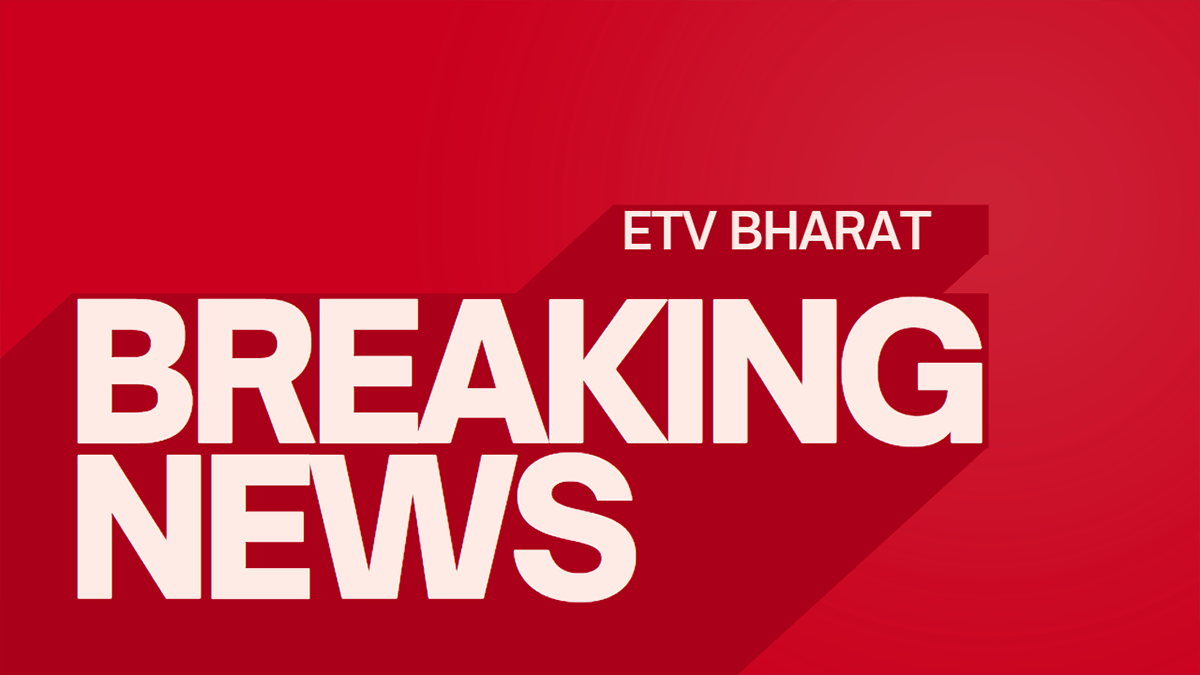Hyderabad: It is disheartening to see somebody get sick. However, it is more disheartening to see that person persist while trying to clear his medical and treatment bills. The heartbeat is flailing the moment one is supposed to go to the hospital. Families are unable to afford medical expenses and are stuck in debt. With the ever-increasing medicine prices, doctor fees, diagnostic test rates and hospital costs, middle-class families are getting affected drastically.
Over the next decade, the world is going to face increasing healthcare costs, especially in developing countries like India. So, what are the solutions to this burning issue? How do we deal with this? What precautions should be taken to adapt preventive measures against illnesses? Every year, at least 7% of families in our country are pushed into poverty just because of getting into debts, to clear medical expenses. Medical expenses are expected to increase by an average of 5.5% annually over the next decade!
Other challenges are as follows:
1. These days, irrespective of the age factor, severe problems such as heart attacks and cancers are increasing across the world.
2. The cost of advanced treatments is subsequently high.
3. The prices of drugs and the cost of testing are going up every year. 52% of medical costs go to just pharmaceuticals.
4. Elderly medical care is on the rise with the usage of medicines regularly by old people.
As long as a person is hale and healthy, everything goes smooth. However, the moment he falls ill, the actual trouble starts brewing. Doctor’s fees, diagnostic prices, treatment expenses and medicine costs will start pushing the entire family into an abyss of irrevocable debts!! 20% of patients and their families are selling half of their assets for meeting treatment expenditure. The situation foreseen in the upcoming decade seems to be much more disastrous. The biggest challenge for the current-gen of people is tackling this disaster with a minimal effect possible.
In foreign counties like Britain, when a patient visits the doctor for any ailment, the doctor concentrates on identifying the illness, which is the best way to treat him and the required diagnostic tests to perfectly identify the ailment. However, in India, the foremost thoughts that cross the doctor’s mind are mostly related to the patient’s family financial status, his affordability of the treatment and the tests and his eligibility for any government schemes in the country. “This happens to be the major difference I could notice’, he said.
This statement on its puts across the situation in front of the public, as to how the medical field functions in India. 70% of patients in the country have to resort to private medicine, most of whom do not have any medical insurance. Even in treating illnesses like Dengue & fever, families are unable to afford the hospital expenses and are resorting to loan seeking methods.
What can we do?
The wealthy class of society do not have any problem with catering to increasing medical expenses. The poorer class will have the government policies and schemes like ArogyaSree and Ayushman Bharat to backup for their treatment expenditure, while the private and government employees are provided with medical insurances and medical reimbursements. All this leaves the middle-class citizens with neither any help nor any backup for the treatment expenditure of a patient belonging to the middle-class group. Against this backdrop, it is crucial for us to cope with rising medical costs over the next decade.
Health consciousness
Increased awareness of health care will reduce the incidence of diseases. So everyone should have a full understanding of what it means to maintain health, nutrition, regular exercise, hygiene and prevention of prevalent diseases. This awareness should be raised from childhood.
Early Medical Examinations
The benefit of detecting the threat through a few medical tests every year is many times greater than wandering around hospitals once the disease is found out. These early tests can cure many serious diseases, including cancer. Pre-exams are limited to official and educated families, which needs to reach every poor family too.
Medical Insurance
It is the single most important source of exceptionally increasing medical expenses. Currently, the total medical insurance policies in the country are 2.07 crores; Number of beneficiaries: 47.20 crores. Who form the government employees and the poor, and are sponsored by the governments and private/public companies. The remaining 80 million people are without any medical insurance. Many of this group pay the medical insurance premium for a period of 2-3 years, and then discontinue the same, owing to the expense being paid from their own pockets. But it should be noted that the insurance premium is always lower compared to the costs of treating diseases. This is our current state! (Based on various surveys)
370% increase in medical expenses between 2000-2014;
How many hundreds of times over the next decade it is impossible to imagine.
Governments share of total medical expenditures in different countries of Britain 83%, China 56%, US 48%, Brazil 46%, Indonesia 39%.
India 30%.(Everything else people have to put from their pockets)
The percentage of people who can afford medical expenses on their own: Of 13.4% in the US, 10% in Britain and 13.4% in China. 62% of our country. (This is because of the lack of medical insurance, which does not cover all ailments)
Last year, the government spent an average of Rs. 1657
The average expenditure per person of those who receives private medical care last year was Rs.31,845.
Also Read: Asaduddin Owaisi meets Telangana CM, discusses CAA, NRC



